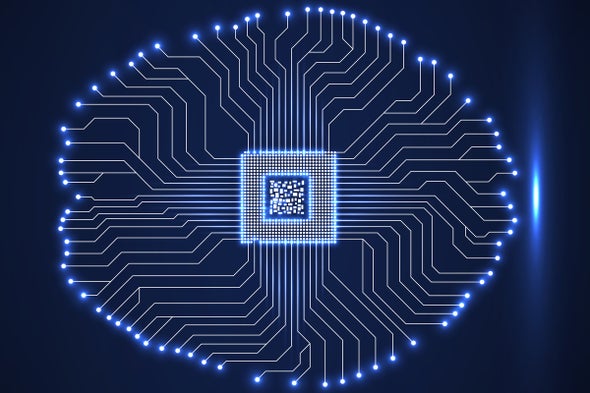by ROBIN BLADES

Machine-learning algorithms can guide humans toward new experiments and theories
Electric vehicles have the potential to substantially reduce carbon emissions, but car companies are running out of materials to make batteries. One crucial component, nickel, is projected to cause supply shortages as early as the end of this year. Scientists recently discovered four new materials that could potentially help—and what may be even more intriguing is how they found these materials: the researchers relied on artificial intelligence to pick out useful chemicals from a list of more than 300 options. And they are not the only humans turning to A.I. for scientific inspiration.
Creating hypotheses has long been a purely human domain. Now, though, scientists are beginning to ask machine learning to produce original insights. They are designing neural networks (a type of machine-learning setup with a structure inspired by the human brain) that suggest new hypotheses based on patterns the networks find in data instead of relying on human assumptions. Many fields may soon turn to the muse of machine learning in an attempt to speed up the scientific process and reduce human biases.
In the case of new battery materials, scientists pursuing such tasks have typically relied on database search tools, modeling and their own intuition about chemicals to pick out useful compounds. Instead a team at the University of Liverpool in England used machine learning to streamline the creative process. The researchers developed a neural network that ranked chemical combinations by how likely they were to result in a useful new material. Then the scientists used these rankings to guide their experiments in the laboratory. They identified four promising candidates for battery materials without having to test everything on their list, saving them months of trial and error.
“It’s a great tool,” says Andrij Vasylenko, a research associate at the University of Liverpool and a co-author of the study on finding battery materials, which was published in Nature Communications last month. The A.I. process helps identify the chemical combinations that are worth looking at, he adds, so “we can cover much more chemical space more quickly.”
The discovery of new materials is not the only area where machine learning could contribute to science. Researchers are also applying neural networks to larger technical and theoretical questions. Renato Renner, a physicist at Zurich’s Institute for Theoretical Physics, hopes to someday use machine learning to develop a unified theory of how the universe works. But before A.I. can uncover the true nature of reality, researchers must tackle the notoriously difficult question of how neural networks make their decisions.
Scientific American for more
